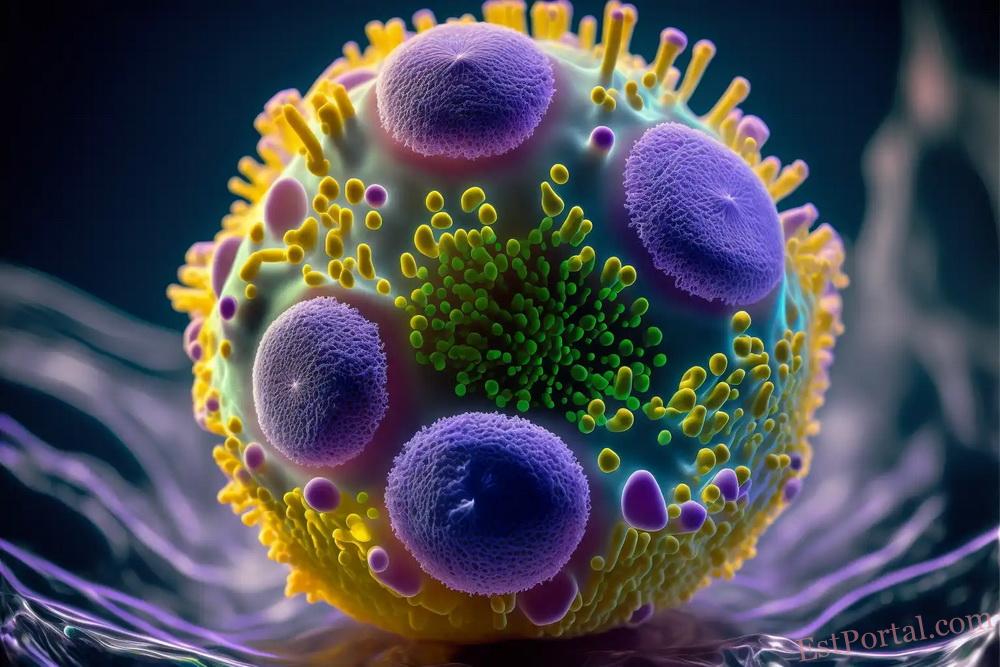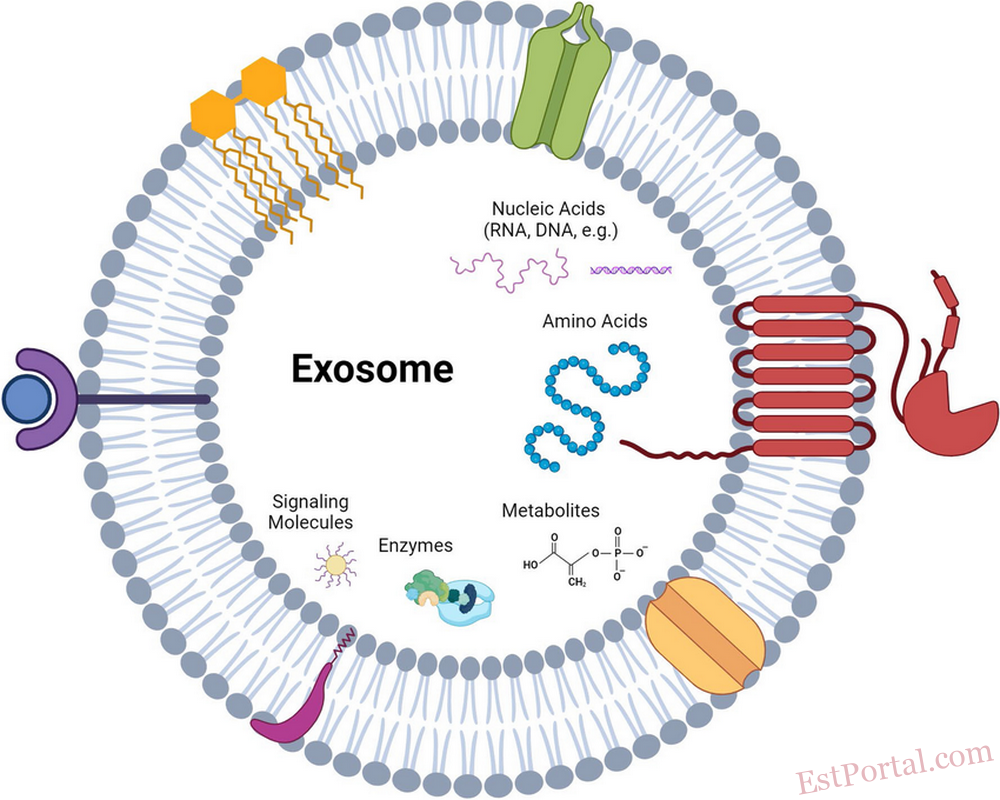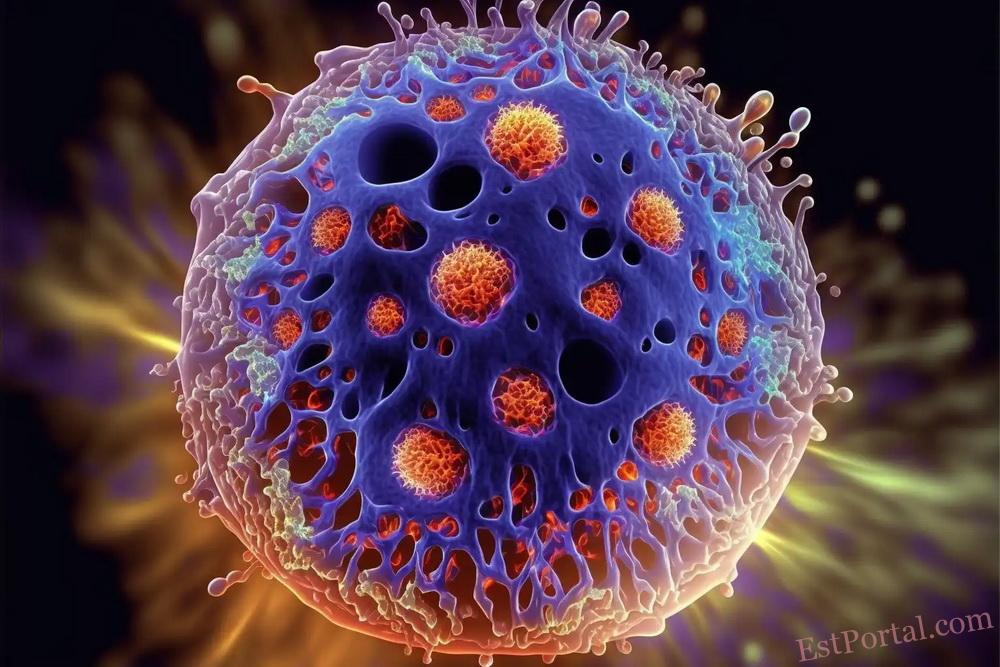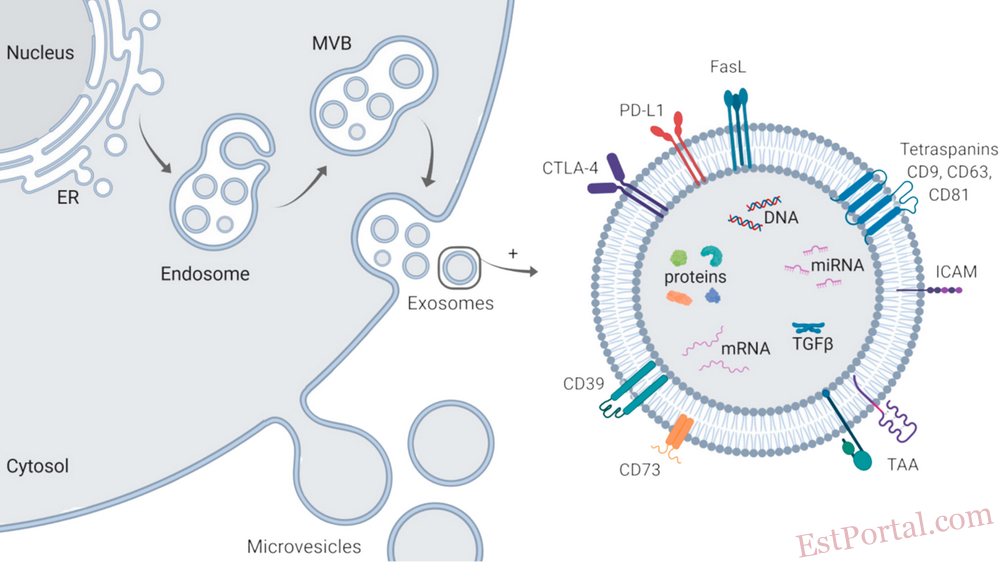
Exosomes: A Trend or a New Era in Cosmetology?
What Are Exosomes and Why Are They Important?
Imagine your body’s cells communicating with each other, much like people sending messages in a messenger app. Exosomes are microscopic “envelopes” that cells send to one another. These vesicles, only 30–150 nanometers in size, carry proteins, lipids, microRNAs, and other active substances. Although invisible to the naked eye, their impact on the skin is immense. They are true molecular diplomats maintaining harmony and beauty in your skin.
Exosomes: Natural Taxis
Exosomes are not ordinary ingredients; they act as tiny taxis circulating throughout the body. Each “taxi” is a miniature bubble transporting valuable “passengers” — proteins, RNAs, and other molecules — from one cell to another. Through these “taxis,” cells exchange information and coordinate their actions, supporting health and normal body functions.
Exosomes are also used as transporters for active components such as growth factors or antioxidants. The effect of an exosome on the skin depends on what is “loaded” inside. For example, exosomes containing growth factors promote tissue regeneration, while those with antioxidants help combat stress and skin aging.
Examples of Exosome Use in Cosmetology
- Post-laser procedure rehabilitation. Exosomes accelerate tissue healing, reduce inflammation, and alleviate redness and irritation.
- Alopecia treatment. Exosome injections stimulate hair follicle activity, promoting hair growth.
- Skin rejuvenation. Exosomes derived from stem cells enhance collagen and elastin synthesis, improving skin texture and tone.
- Acne treatment. Anti-inflammatory properties of exosomes help reduce inflammation and regulate sebaceous gland activity.
How Do Exosomes Identify Their Target?
Exosomes find their target cell thanks to a unique navigation system based on the interaction between markers on their surface and receptors on the target cell. Here's how it works:
Navigation system:
- Each exosome has specific proteins on its surface, such as tetraspanins (CD9, CD63, CD81), which act as “keys.”
- These “keys” interact with the corresponding “locks” (receptors) on the target cell, ensuring precise delivery.
Customization for specific tasks
The contents and markers of exosomes can be modified for specific functions:
- Scar regeneration: exosomes with growth factors (e.g., VEGF, TGF-β).
- Rejuvenation: exosomes from stem cells stimulating collagen and elastin production.
- Anti-inflammatory action: exosomes containing anti-inflammatory microRNAs (e.g., miR-146a).
The taxi principle:
- The “marker” on the exosome’s surface acts as an address, directing the “cargo” to its target cell.
- The right marker ensures that the active substances reach the target cell.
Methods of Exosome Delivery
Due to their high molecular weight (30,000–150,000 Da) and aqueous nature, exosomes cannot penetrate intact skin. Therefore, special delivery methods are used:
- Apparatus methods: ultrasound, microneedling therapy, and electroporation.
- Injections: direct administration into the skin (e.g., microneedling, mesotherapy).
- Solvents: using special formulations to increase skin permeability.
History of Exosome Discovery
Exosomes were first described in 1983 by a group of scientists led by Rose Johnston, who studied the formation of reticulocytes — young red blood cells. They discovered that cells release vesicles containing unnecessary proteins and RNAs. For a long time, exosomes were considered “cellular waste containers.” However, in the early 2000s, scientists realized their crucial role in intercellular communication.
In 2013, James Rothman, Randy Schekman, and Thomas Südhof were awarded the Nobel Prize in Physiology or Medicine for their discovery of vesicular transport mechanisms, including exosomes. These studies became the foundation for understanding exosomes as a vital element of cellular interaction.
How Are Exosomes Formed?
The process of exosome formation begins inside the cell. First, the cell membrane folds inward, forming an endosome — a kind of “incubator” for future exosomes. Then, intraluminal vesicles (ILVs) accumulate molecules within the endosome. In the final stage, the endosome transforms into a multivesicular body (MVB), which releases exosomes into the extracellular space.
What’s Inside the “Taxi”?
- Proteins: transport and signaling molecules that stimulate regeneration.
- Lipids: ensure membrane stability and penetration into the target cell.
- RNA: microRNA and mRNA regulate genes and activate rejuvenation processes.
Why Are Exosomes the Future of Medicine?
Exosomes are not just a trend but a breakthrough in biotechnology due to their benefits:
- Safety: low risk of immune reactions.
- Efficacy: precise targeting of cells.
- Natural origin: derived from natural sources.
Looking Ahead
Despite their advantages, exosomes require further research. Standardization of their use, long-term effect studies, and the development of clear protocols are necessary. However, they already herald a new era in cosmetology.
References:
- Tkach, M., & Théry, C. (2016). Communication by Extracellular Vesicles. Cell, 164(6), 1226-1232.
- Lötvall, J., Hill, A. F., Hochberg, F., et al. (2014). Minimal Experimental Requirements for Definition of Extracellular Vesicles. Journal of Extracellular Vesicles, 3, 26913.
- Kalluri, R., & LeBleu, V. S. (2020). The Biology, Function, and Biomedical Applications of Exosomes. Science, 367(6478).
Nataliya CHAYKA – Editor of ESTportal, Aesthetic Doctor










